How to flush cannabis: Everything you need to know
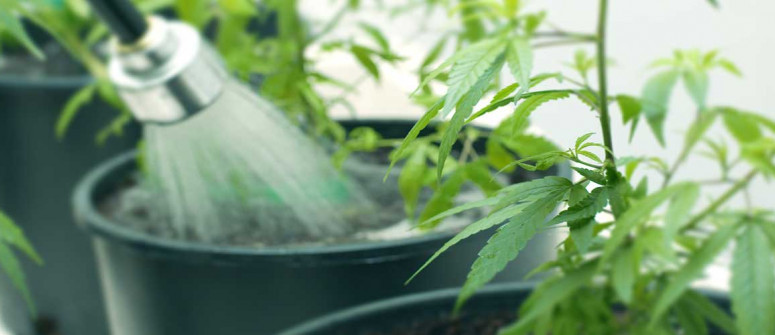
To reverse toxic mistakes, and potentially get the cleanest, freshest bud possible from your plant, flushing can be a useful technique in a cannabis grow-op. But does it really work? And when should you do it? Take a look at our instructions, and some thoughts about how effective flushing really is.
Contents:
Flushing. Almost every cannabis grower does it, yet there's debate over if it actually works. While some swear it produces the cleanest, smoothest-tasting buds about, others are certain it does nothing. Below, we cover all the reasons you might want to flush your cannabis plants (some will save your crop). We also cover when in the life cycle (both hydro and soil) you’ll want to flush, what you’ll need, and how to do it!
Flushing Cannabis Plants: What Does It Mean?
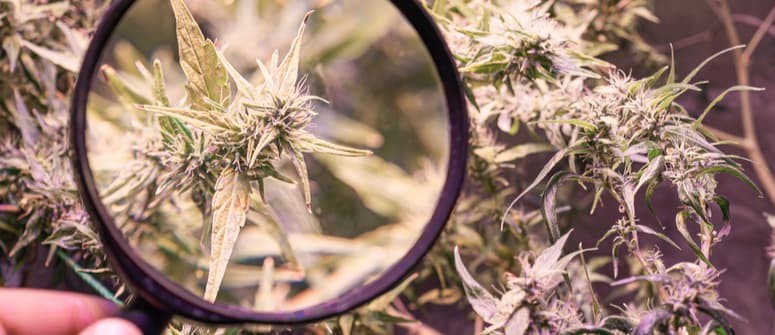
Flushing is a process whereby the excess nutrients are removed from a cannabis plant’s substrate. Over time, a plant is likely to build up a supply of nutrients that it won’t process. Ideally, these would be removed prior to harvest.
However, it is not only a process used before harvest. Flushing can also be used at any stage during a grow, to act as a sort of nutrient “reset”. Likewise, some cultivators will flush their crops before they enter the flowering cycle, as the desired NPK (nitrogen, phosphorus, and potassium) nutrient balance will change at this point.
Perhaps most associated with soil grows, flushing is by no means exclusive to this technique. Flushing can also be used in a hydroponic growing operation. In fact, due to the nature of a hydro grow-op, flushing is actually simpler and quicker. You just refresh the water.
Why Should You Flush Cannabis Plants?
There are a few reasons to flush cannabis plants. Though none are particularly exciting, they are all important. A well-timed flush can in fact save a grow from disaster if there is a toxic buildup of nutrients.
The main reason growers flush is to improve the taste and overall quality of the bud. While this is contentious, and some do not agree that it makes a difference at this stage, the majority of the cannabis world seems to be in favour of pre-harvest flushing.
Another, and less contentious, reason to flush is to reset the soil and remove dangerous concentrations of nutrients. In either situation, the logic goes that if there is little-to-no nutrients in the soil, then the plant will have to process everything it has stored up—something it would not be able to do if there was an abundance in the substrate.
Think of it as fat reserves in a human. So long as a fresh supply comes in, the body will burn that. But when that dries up, it will consume its own stores.
Pros and Cons of Flushing Cannabis
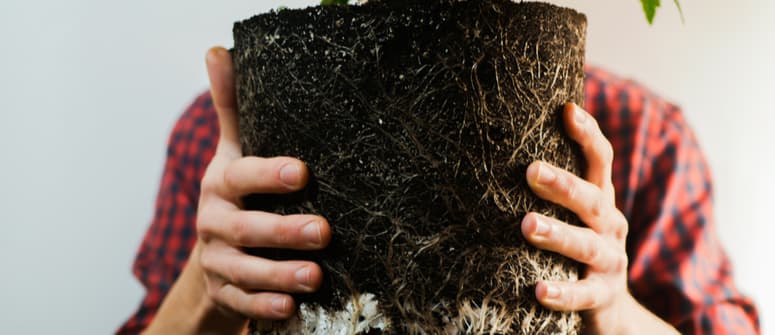
As mentioned, not everyone thinks a pre-harvest flush is worth it. So, to get you better informed, we've compiled some facts and thoughts below, in the hope that you’ll feel a little more knowledgeable. Although, ultimately, you will come to your own conclusions based on your own results.
Flushing, while beneficial and at times necessary, is not without its drawbacks, especially if executed poorly. So here’s a list of pros and cons to help you decide if, when, and why to flush your crop.
Pros of Flushing Cannabis
From saving a crop to potentially making a harvest taste cleaner, there are a number of reasons to flush a cannabis plant.
It May Improve the Quality of Your Weed
One of the major reasons growers flush their cannabis plants is to improve the quality of the final product. Expanding on the logic mentioned earlier, a plant will build up a supply of excess nutrients over time. These nutrients will then affect the flavour and smoothness of the smoke when the buds are consumed. By flushing around two weeks before harvest, it forces the plant to consume this store of nutrients from the soil, making it “purer” at harvest.
But here’s the thing, nobody can agree on whether this is true. Subjective accounts range from growers swearing by its effectiveness to others saying it makes no difference whatsoever. In fact, a recent piece of research suggests it does not affect the final flavour. That being said, we should not generalise from one piece of research, which is likely to have its fair share of methodological flaws.
Another thing to take into account in how the nutrients are added throughout the plant's whole life cycle. If a plant is overfed continually, it will store excess nutrients. If it is underfed, or fed the bare minimum, then it won’t necessarily be able to store any excess, and therefore flushing won’t affect it.
So it’s very possible that growers’ differing opinions are based on how the plant is reared, which would affect its capacity to store excess nutrients in the first place.
It Prevents Nutrient Lockout
Leading on from that, flushing certainly can prevent nutrient lockout. If a plant is overfed, then a buildup of nutrients in the soil can negatively affect the roots’ ability to absorb them. So the signs on the actual plant will be the same as with a nutrient deficiency. The leaves will begin to discolour or even show signs of nutrient burn—a common effect of overfeeding.
The reason nutrient lockout happens is that compounds—often salts—found in fertilisers will get too high in concentration and bind together in the soil. This will inhibit the root system’s absorbent capabilities.
Likewise, a pH imbalance can cause nutrient lockout. In either case, flushing can solve the issue. By repeatedly flushing the growing medium with pH-balanced water until the liquid runs clear, you can reset the soil and begin feeding again.
Some growers will only do this if they think something is wrong. Others, however, will flush at predetermined intervals throughout a plant’s life cycle to avoid high concentrations in the first place.
It Can Give Plants a Kickstart With Flowering
As plants move from the vegetative stage to the flowering stage, the nutrient balance will change from a 1:1:1 NPK ratio to around 1:2:2. Basically, you want the proportion of nitrogen to drop when a plant is flowering. To help move this along, a flush during the pre-flowering stage may be just what it needs. This means that any residual nitrogen in the soil will be removed, making it easier for you to optimise the new nutrient levels.
Cons of Flushing Cannabis
Flushing is not all good, though. In some situations, it is not suitable, and, if done poorly, it can do more harm than good. So, even if you decide that flushing is for you, do not get over-zealous about it.
Not Suitable for Amended Organic Soil or Supersoil
Certain types of soil are created with the correct balance of nutrients from the beginning, and the plant will use these as it sees fit. The grower will not feed the plant at any point throughout its life cycle. Therefore, the concentrations will deplete over time anyway. With these substrates, flushing will either do nothing or come with the risk of drowning your plant, as they may hold more water than traditional soil or hydroponic media.
pH Problems
Making mistakes with flushing can cause far greater problems than a good flush might solve. Causing a pH imbalance is a big risk. Therefore, if you are going to flush, make sure you get a pH meter and adjust the levels in the water correctly prior to flushing.
Once you’ve flushed, keep checking the soil too. Too high a pH will cause salt buildup in the soil, and this will create exactly the issues you wanted to avoid by flushing. The nutrients required by cannabis are only soluble in an acidic pH range, and so flushing with alkaline (above 7.0) solution will leave them in the soil and introduce salts.
You Might Need To Buy Extra-Enzyme or Sugar-Rich Formulas
Flushing with plain water does not remove everything from your soil. So you may have to buy extra-enzyme of sugar-rich formulas to add to your flushing solution. What do these do? They catalyse the breakdown of nutrients in the soil, which means that subsequent flushes will wash more of them out.
While not problematic as such, this can be an unnecessary additional cost if the flush is not worth it in the first place.
Stunted Growth
Some growers think that flushing in all but necessary circumstances might stunt the growth of a plant. The reasoning is straightforward and compelling: by removing nutrients from the soil, you are removing the food the plant needs to grow.
There is no doubt that a poorly timed or unnecessary flush will stunt growth. However, some people go further and claim that even a pre-harvest flush is likely to stunt growth to some degree. After all, the plant is still maturing.
When To Flush Cannabis?
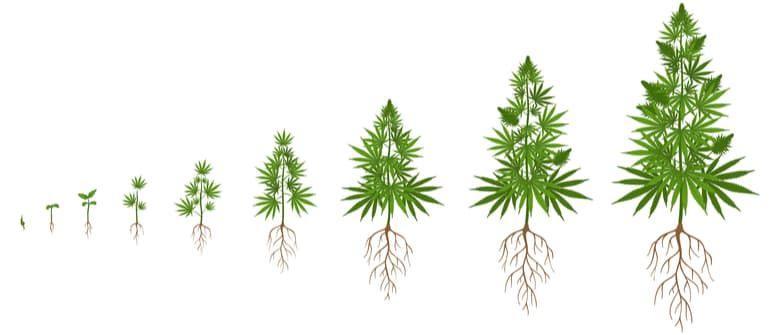
Why you are flushing your plants will dictate when you want to flush them. There are three main times and reasons to flush:
- Pre-harvest: To improve the final quality of the bud
- Between stages: To reset the medium for a new balance of nutrients
- When it seems necessary: To stop nutrient lockout
The exact timing will vary depending on the way you grow your crop. For instance, different media require slightly different processes. Also, hydro grows can be flushed later than soil as the process is much faster (since your plants get their nutrients directly from the nutrient solution). With some systems, like an aeroponic grow, flushing is simply not possible.
Pre-Harvest Flush
Most growers will flush at the end of the flowering cycle. This is known as the pre-harvest flush. The purpose of this, as mentioned, is to force the plant to use up its reserves of nutrients, making it taste cleaner.
In soil media, this is usually done about two weeks before harvesting. The exact time must be determined by the grower. The easiest way to tell is when the trichomes begin to turn from clear to milky white—this is a sign the plant will soon be fully mature.
In a hydro grow-op, the flush can be performed as late as a few days before harvest. This is because once you change the water, that’s it, the nutrients are gone. Whereas, with a soil grow, the concentration of nutrients in the soil will deplete with subsequent flushes. If you do it too early in a hydro grow, you risk stunting the plant’s last stages of maturation.
Flushing During the Growing Cycle
There are two reasons to flush during the growing cycle: to reset the soil for a change, or to prevent nutrient lockout.
Reset the Substrate
This is usually done at the end of the vegetative stage or in the pre-flowering stage. As mentioned, it prepares the soil for the new nutrient balance you will be introducing—1:2:2 NPK. Not everybody flushes at this point. However, some do as they believe it removes the risk of too much nitrogen during the flowering phase.
How do you know when to do this? Once the plant has finished its first big growth phase, and the first signs of flowers are beginning to show where the branches meet the stem, the pre-flowering phase has begun. At this stage, you should think about flushing and reintroducing a new nutrient balance.
Prevent Nutrient Lockout
You can do this whenever you think your cannabis plant requires it. Look out for discolouration or curling at the edges of the leaves. These are likely signs of nutrient lockout or overfeeding (often caused by the same thing). However, make sure you correctly identify the problem, as overwatering or lights that are too close/hot can cause similar symptoms.
How Does Flushing Cannabis Work?
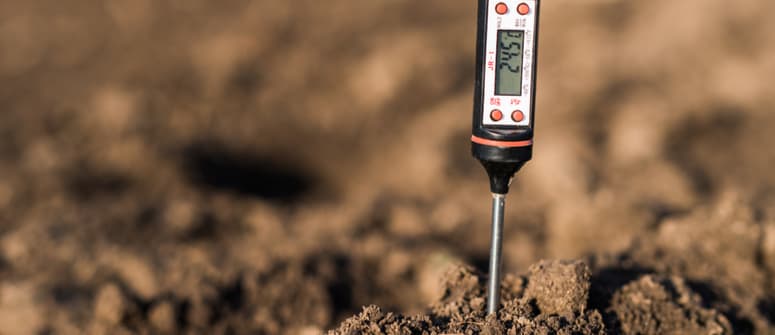
As previously mentioned, flushing removes excess nutrients from the substrate. And, though our main focus here is soil, we will briefly cover how to flush a hydro system too. As mentioned, it’s actually as simple as changing the solution.
Which Tools Do You Need To Flush Cannabis?
There are a few tools you’ll want to hand when flushing your cannabis plants.
- pH meter: Essential to ensure you don’t increase the pH of your soil to much.
- TDS (total dissolved solids) meter: These measure the amount of dissolved particles in a solution, and will indicate if your solution has a low-enough nutrient concentration.
- EC meter: This measures the electrical conductivity of your medium, and will indicate whether the flushing has successfully drained enough nutrients out.
Flushing Cannabis Plants: Step by Step
Flushing is a fairly simple process, but it must be done properly to ensure success.
- Adjust the pH of your water: Around 5.8 to 6.0 should do.
- Adjust temperature: This is not essential, but water at 24°C will dissolve maximum nutrients.
- Drench substrate for the first time: Do this when you would normally water your plant. Add as much water as the soil can hold.
- Wait 10 minutes and fill again: This is the true “flush”. Now, large quantities of water will run from the bottom.
- Measure runoff with a TDS meter and/or EC meter: You want the total dissolved solids reading to be about 50ppm, or 0.1 EC. Also, measure the water you are using to flush, as the reading will never get lower than this.
- Repeat until you get the desired TDS/EC reading.
It’s as simple as that. Once complete, it's worth taking a pH and EC reading of the soil, just to make sure nothing strange has happened during the flushing process.
How To Flush Hydroponic Cannabis
This is nice and simple. Drain your reservoir and replenish it with nutrient-free, pH-balanced water. That’s it. You only need to do this two days before harvest, as you will immediately remove all the nutrients.
Flushing Cannabis Plants: Try It for Yourself!
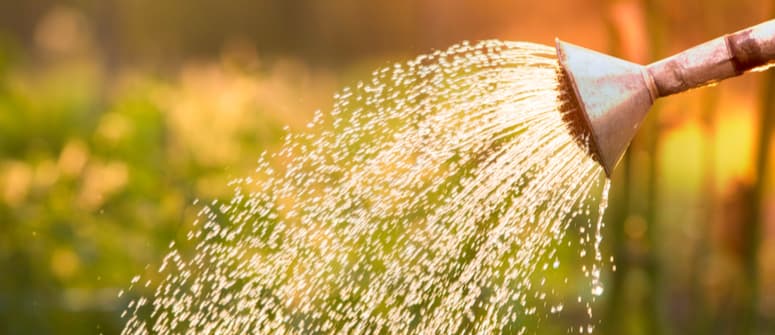
In terms of restoring nutrient balance and reversing problems associated with overfeeding, flushing cannabis plants does work. However, it’s best not to get to this stage in the first place!
In terms of improving the quality of the final harvest, the jury’s out. Why not flush some of your crop, leave the other half, then compare the results? It’s likely that it’s far more important to get the feeding right throughout your grow. One flush at the end won’t correct months of mistakes. However, few people claim that a pre-harvest flush has any negative effects. And as you can see, it’s cheap and simple. So you may as well give it a go!
.jpg)
.jpg)

.jpg)
